The expectations of the gravitational-wave research community have been fulfilled: gravitational-wave discoveries are now part of their daily work as they have identified in the past observing run, O3, new gravitational-wave candidates about once a week. But now, the researchers have published a remarkable signal unlike any of those seen before: GW190412 is the first observation of a binary black hole merger where the two black holes have distinctly different masses of about 8 and 30 times that of our sun. This not only has allowed more precise measurements of the system’s astrophysical properties, but it has also enabled the LIGO and Virgo scientists to verify a yet-untested prediction of Einstein’s theory of general relativity.
Category: physics – Page 260
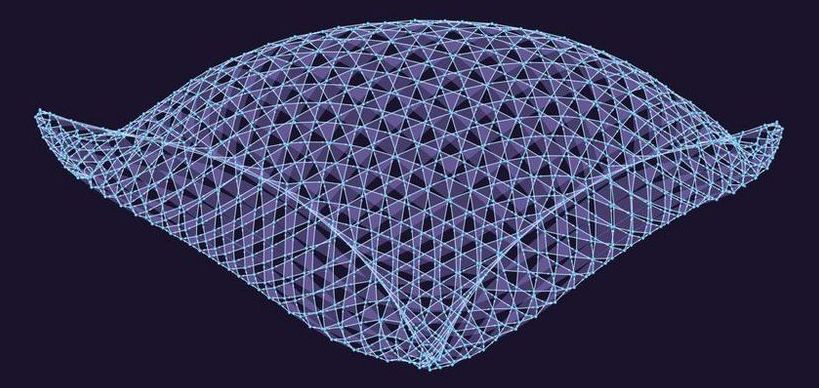
Creator of Wolfram Alpha Has a Bold Plan to Find a New Fundamental Theory of Physics
Stephen Wolfram is a cult figure in programming and mathematics. He is the brains behind Wolfram Alpha, a website that tries to answer questions by using algorithms to sift through a massive database of information. He is also responsible for Mathematica, a computer system used by scientists the world over.
Last week, Wolfram launched a new venture: the Wolfram Physics Project, an ambitious attempt to develop a new physics of our Universe.
The new physics, he declares, is computational. The guiding idea is that everything can be boiled down to the application of simple rules to fundamental building blocks.
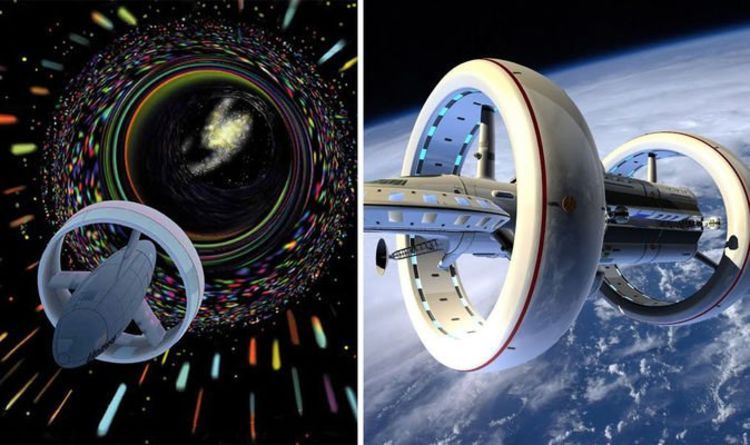
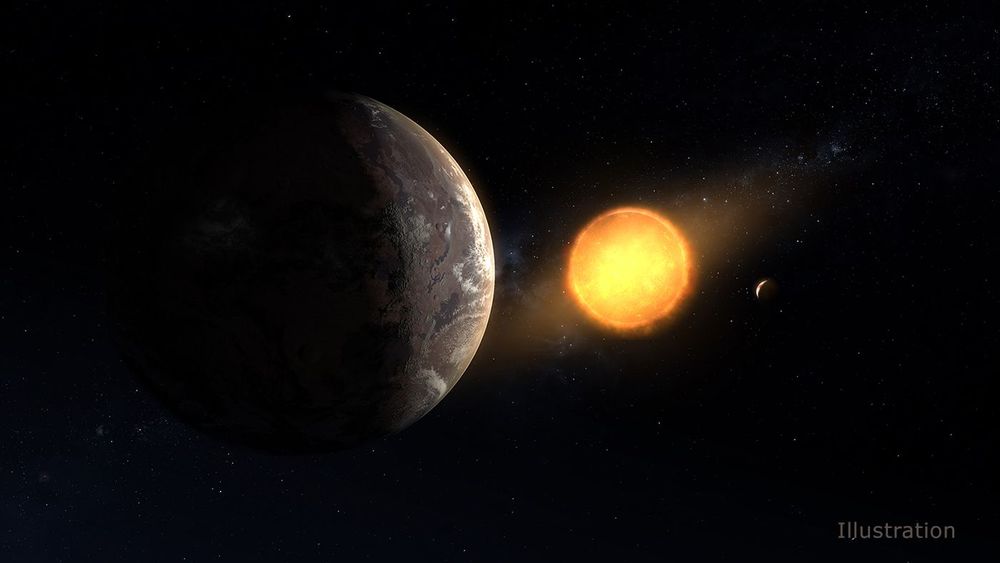
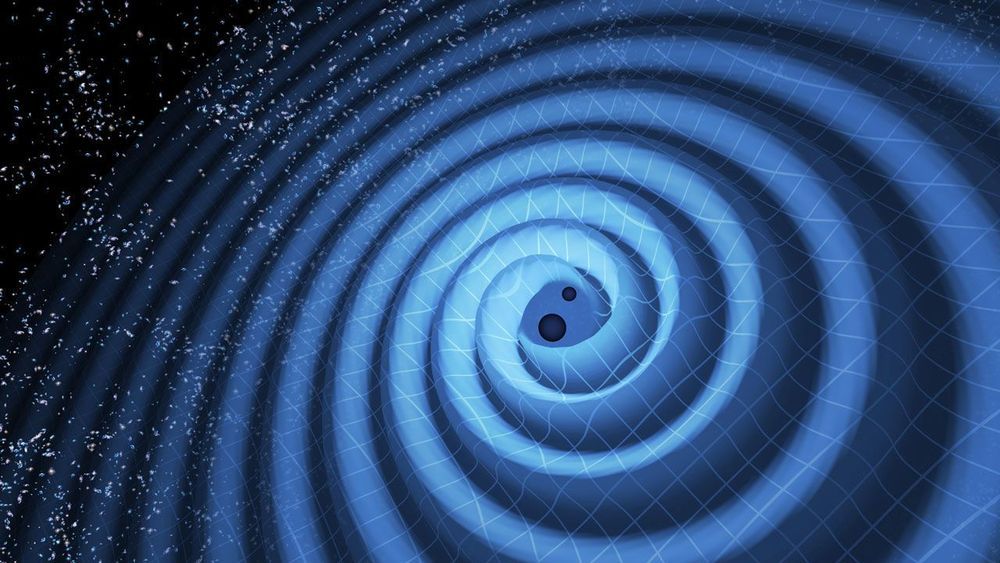
Gravitational waves reveal unprecedented collision of heavy and light black holes
Researchers with the world’s gravitational wave detectors said today they had picked up vibrations from a cosmic collision that harmonized with the opening notes of an Elvis Presley hit. The source was the most exotic merger of two black holes detected yet—a pair in which one weighed more than three times as much as the other. Because of the stark mass imbalance, the collision generated gravitational waves at multiple frequencies, in a harmony Elvis fans would recognize. The chord also confirms a prediction of Einstein’s theory of gravity, or general relativity.
Such mismatched mass events could help theorists figure out how pairs of black holes form in the first place. “Anything that seems to be at the edge of our predictions is most interesting,” says Chris Belczynski, a gravitational theorist at the Polish Academy of Sciences in Warsaw, who was not involved in the observation. But the one event is “not quite in the regime where you can tell the different formation [routes] apart.”
Physicists first detected gravitational waves in 2015, when the Laser Interferometer Gravitational-Wave Observatory (LIGO), a pair of detectors in Washington and Louisiana, spotted two black holes spiraling into each other, generating infinitesimal ripples in spacetime. Two years later, the Virgo detector near Pisa, Italy, joined the hunt, and by August 2017, the detectors had bagged a total of 10 black hole mergers.
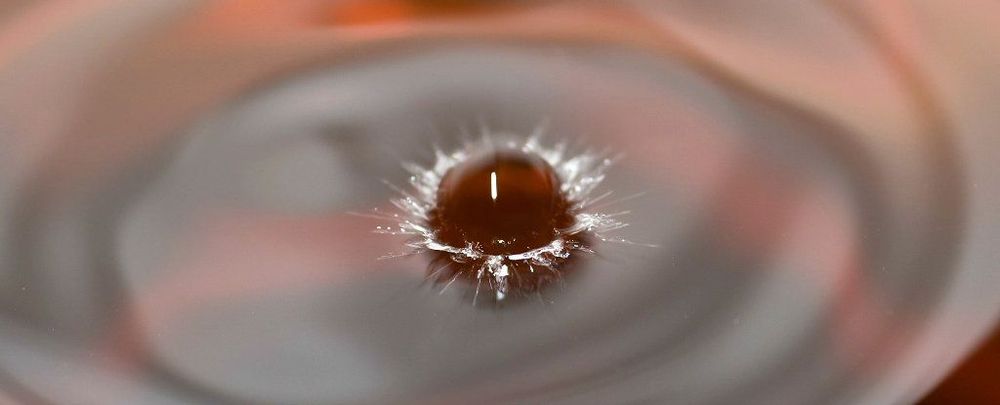
Achieving the Impossible: Physicists Create a Fluid with NEGATIVE MASS
In an act that defies physics as we know, Washington State University physicists have just created a fluid with negative mass. Apply pressure to the liquid and instead of accelerating in the direction it was pushed (like every other physical object in the world), it accelerates backward. Michael Forbes, a WSU assistant professor of physics and astronomy, believes the phenomenon can be used to explore some of the more challenging concepts of the cosmos.
“Hypothetically, matter can have negative mass in the same sense that an electric charge can be either negative or positive,” the University’s website notes. “People rarely think in these terms, and our everyday world sees only the positive aspects of Isaac Newton’s Second Law of Motion, in which the force is equal to the mass of an object times its acceleration, or F=ma.”
This explains why mass will typically accelerate in the direction of the force that is pushing it.
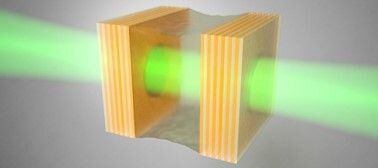
Olive oil leads to discovery of new universal law of phase transitions
A simple drop of olive oil in a system of photons bouncing between two mirrors has revealed universal aspects of phase transitions in physics. Researchers at AMOLF used an oil-filled optical cavity in which light undergoes phase transitions similar to those in boiling water. The system they studied has memory because the oil causes photons to interact with themselves. By varying the distance between the two mirrors and measuring the transmission of light through the cavity, they discovered a universal law describing phase transitions in systems with memory. These results are published on April 15th in Physical Review Letters.
The Interacting Photons research group at AMOLF studies nonlinearity and noise in photonic systems. One of such systems is a cavity, formed by two mirrors facing each other at a close distance. Within the cavity, light bounces back and forth as it is reflected by the mirrors. Putting something inside such an optical cavity, changes the properties of the system. “We created a system with memory by placing a drop of olive oil inside the cavity,” says group leader Said Rodriguez. “The oil mediates effective photon-photon interactions, which we can see by measuring the transmission of laser light through this cavity.”


